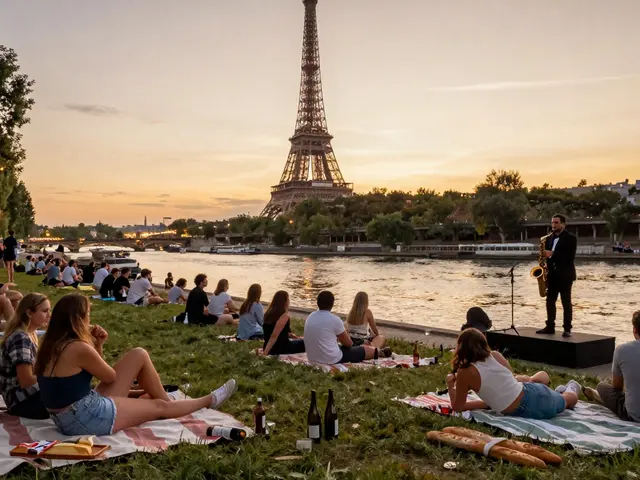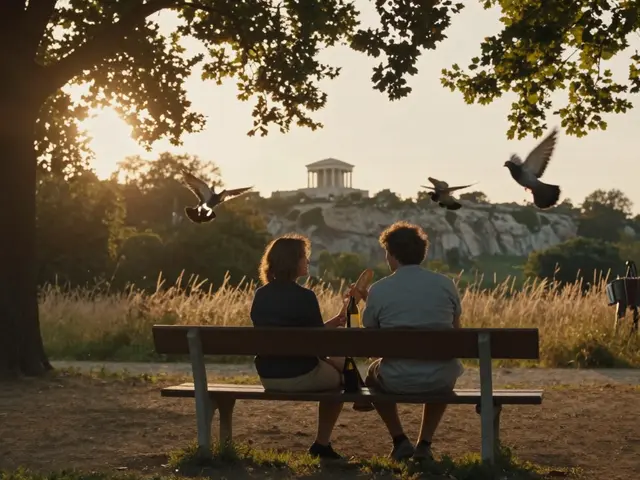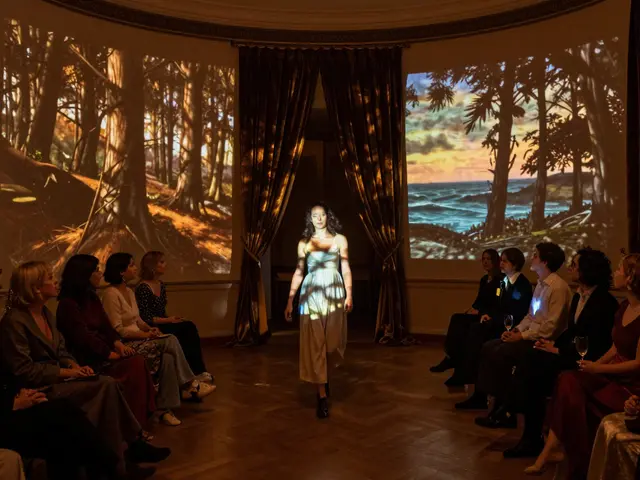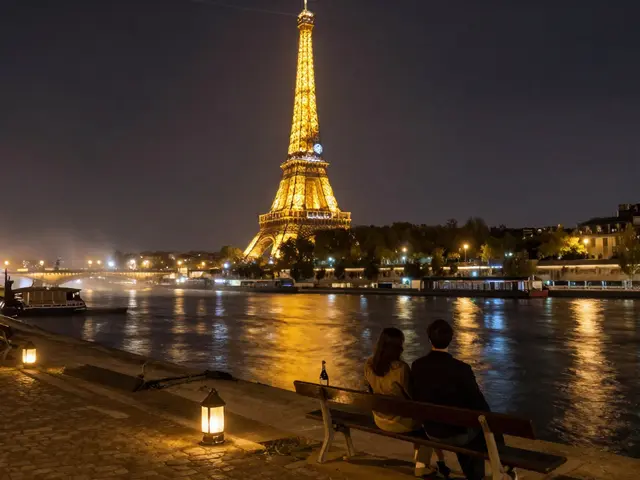French Heritage – Your Guide to Culture, History and Must‑See Spots
If you’re curious about what makes France feel so unique, you’re in the right place. French heritage isn’t just old buildings; it’s the everyday moments, the food you eat, and the stories locals pass down. This guide gives you quick, practical ways to see, taste and feel that heritage on your next trip.
Historic Landmarks You Can’t Miss
First stop: the big, famous places. The Eiffel Tower, the Palace of Versailles and Mont Saint‑Michel draw crowds for a reason. They’re not just photo backs; each one tells a piece of French history. At Versailles, look for the Hall of Mirrors – it’s where treaties were signed and parties thrown. In the Palace, check the nearby gardens; the layout shows how French designers blended nature and order.
Beyond the headline sites, try a regional gem. The medieval town of Carcassonne in the south feels like stepping into a movie set. Walk the double walls, peek into the narrow lanes, and let the stone walls whisper stories of knights and merchants. In the east, the Alsace villages of Colmar and Riquewihr showcase half‑timbered houses that survived wars and still serve as family homes.
Don’t overlook museums that focus on everyday life. The Musée de la Vie Romantique in Paris displays 19th‑century furniture, paintings, and letters that reveal how Parisians lived, loved and worked. A quick visit gives you a feel for the day‑to‑day side of French heritage that big monuments often miss.
Everyday Traditions That Bring France to Life
French heritage lives in the small things too. Start your morning with a café au lait at a sidewalk café. Order “un croissant” and watch locals read the paper or chat. The ritual of coffee isn’t just caffeine; it’s a pause that connects people across generations.
Food markets are another cultural hotspot. Head to Marché des Enfants Rouges in Paris, the oldest covered market in the city. Here you’ll find fresh cheese, olives, and baguettes. Chat with stall owners – they’ll share tips on choosing the best produce and often tell a short story about where it comes from.
Festivals pepper the calendar with regional flavors. In Provence, the “Fête de la Lavender” in July celebrates the blooming fields with lavender‑infused dishes and crafts. In Brittany, the “Festival Interceltique” showcases music, dance and costumes that have been passed down for centuries. Attending one of these events gives you a front‑row seat to living heritage.
Finally, learn a few French phrases. Even a simple "Bonjour" or "Merci" opens doors. Locals appreciate the effort and may invite you to a hidden spot or share a local secret. It’s a small step that makes a big difference in how you experience the culture.
Putting all this together, you get a rounded view of French heritage: grand sights, quiet streets, tasty bites, and friendly faces. Use this guide as a checklist, mix the big attractions with the everyday moments, and you’ll leave France feeling like you’ve really gotten a taste of its history and heart.
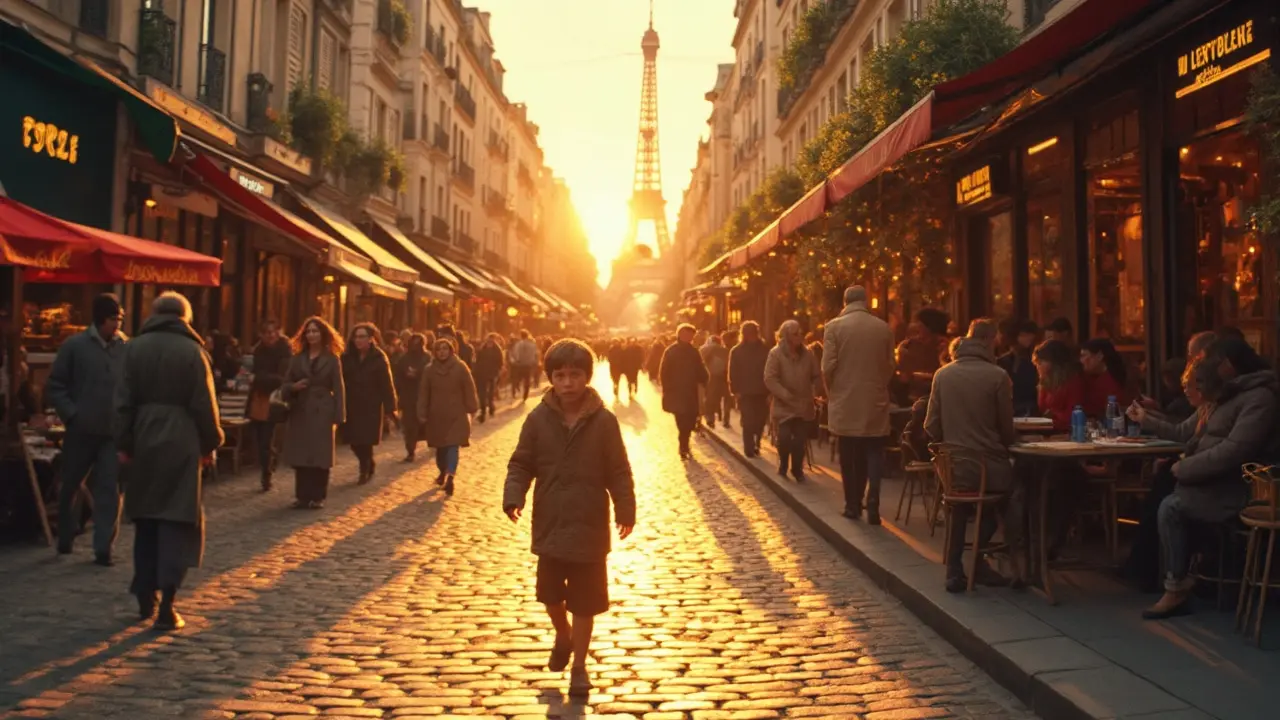
Tony Carrera’s Parisian Roots: The Making of a Star
Want to know what shaped Tony Carrera into the star he is today? Dig into Tony’s Parisian background—where he grew up, which parts of Paris shaped his outlook, and how that experience helped launch his career. This article guides you through Tony’s early days in the city, the cultural influences all around him, and how he turned his roots into real showbiz power. For real fans and newcomers alike, get ready to learn the lesser-known details that made Tony unique from the start. Plus, pick up tips on how growing up in a bustling place like Paris can affect your own ambitions.
read more
